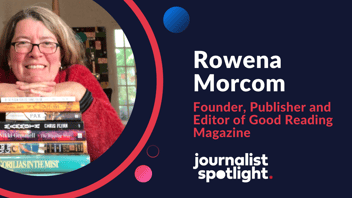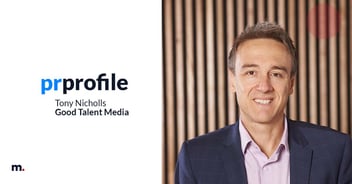To most people, being a good spokesperson doesn’t come naturally. It requires preparation, practice and experience. But once you’ve mastered the art, a good spokesperson can elevate a brand and become a knowledge expert for future media requests.
The road to becoming a good PR spokesperson starts with six key areas of focus. Explore each of these topics below to see what you can do to become a good PR spokesperson.
1. Availability
As a spokesperson for your brand, journalists may try to contact you at any time during the week to discuss your story, so you will need to be available on all advertised lines of communication to respond to their requests.
Not all requests can be completed on the spot, some may require additional time to gather a response or even require your presence for an interview. If you do need to gather additional information, request a deadline and stick by it.
2. Preparation
Be prepared to assist journalists with their stories. This could involve preparing responses for questions you expect to be asked or freeing up your schedule to help with media requests. Being prepared to adjust your schedule on the fly will allow you to be more responsive to journalists and improve the chances of your story being told. If a journalist contacts you to arrange an interview, make sure to look up them and their media organisation so you can try to anticipate the angle or particular areas that they may be interested in.
Another way to assist journalists through your preparation is by creating an online newsroom. Companies such as Lookatmedia can create a personalised, branded newsroom platform where you can provide journalists with all the information and digital assets they will need to quickly get your story out there. Journalists may find you through this online newsroom, or alternatively, after speaking with them you can direct them there for immediate access to any additional material they require.
3. Brand Image
As a spokesperson, you publicly represent your brand in the eyes of the media. It is important to understand and be consistent with the brand’s voice and feel. What does your brand look like? How does your brand speak? What does your brand say? These are all short questions that can help you narrow down the brand voice before you go to the media.
4. Authenticity
While it’s important to maintain the brand voice, it’s equally important to be authentic and true to yourself. When in front of the media, avoid using jargon and hard-to-understand language and be relatable to the audience. The best way to do this is to show emotion when you speak and use real examples or personal stories/experiences.
5. Understanding
Before getting in front of the media, it helps to make sure you have an understanding of how the media works. Do your research to find out how stories are created and published, the channels/outlets they go on and which journalists are most likely to contact you.
Outside of the media, you are also expected to be somewhat of a matter expert. You should have enough knowledge and understanding of your market, the business and the audience to deliver extra value to a journalists’ story.
6. Practice
Becoming a good spokesperson takes practice and experience. Not everyone is a natural speaker so practice as much as you can before getting in front of the media. Do a test interview or have someone ask a series of questions that a journalist may want to know. Focus on speaking clearly and developing good body language to maximise your presence and authority on the topic. If you still feel unprepared or need additional support, consider looking for workshops or custom training. You can find out more about Medianet’s custom training opportunities here.
Six steps. That’s all there is to becoming a good spokesperson. Think you’re ready? Download our PR spokesperson checklist to find out.





